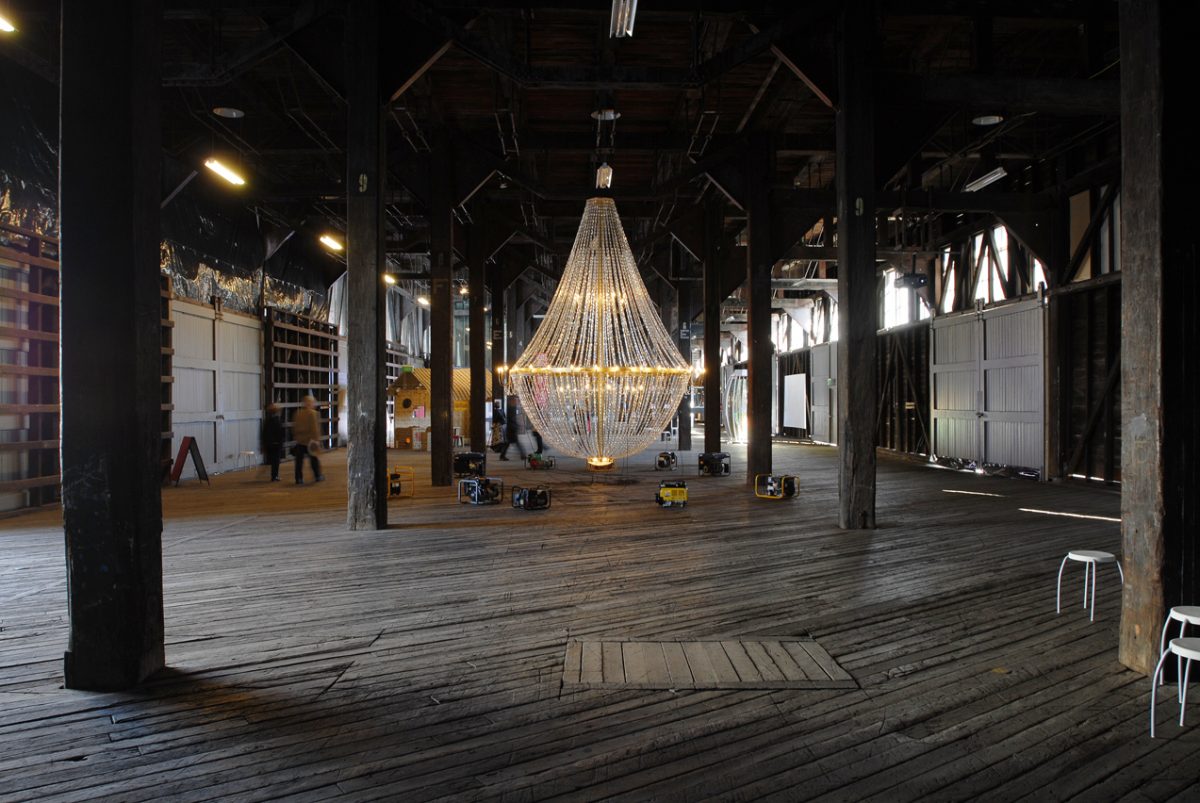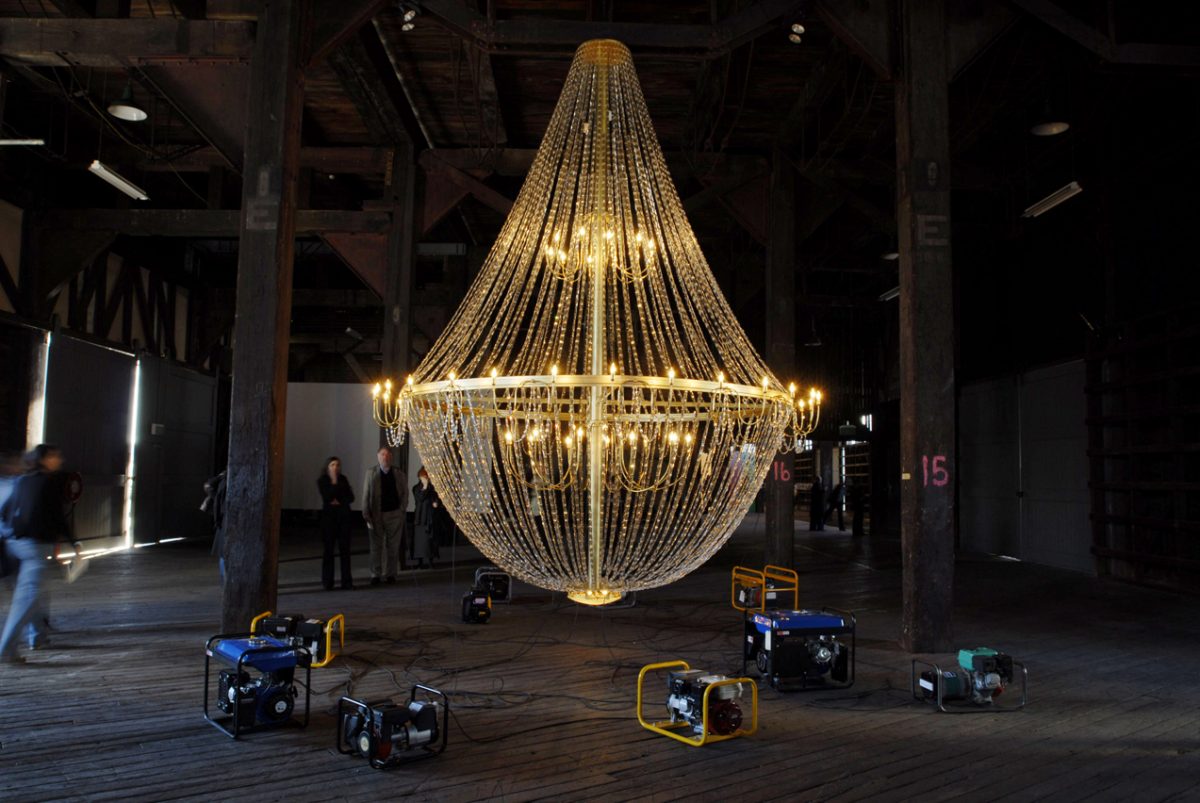
- This event has passed.
zones of contact – 15th biennale of sydney
The 2006 Biennale of Sydney aspires to be about the ‘now’ of the contemporary, bearing the disjuncture and discontinuities as much as correspondences and traversal movements of encounter and exchange. To do so is to think of the present as successive points of intersection and zones of contact as we inhabit it. Always in motion, the contemporary constitutes a plural history that is fragmentary, inconclusive, without totality. The work of the artists in the Biennale offers a reflexive relation of the lived experience of the now across cultures. They explore what it means to be in and of the world, shaped by the uneasy contradictions between cultures, the unstable, transient zone of inclusion and exclusion of peoples. Art speaks from within, and of the co-existence of heterodox and divergent contemporary cultures in which we have played a part. These are our histories imbricated as we are in the tragic events of violence and destruction as much as in dreams and realisation of peaceful co-habitation and conviviality.
We are given the shards of history, fragments of the present and pieces of a puzzle, the assembling of which may configure not so much a blueprint but a provisional guide to the present in which we live. There is nothing offered here to suggest ways to resolve conflict or disorder, or the right paths to be taken, or five-year plans to be drawn up; no alternatives proposed. This is not to say that the Biennale claims neutral ground or that there are no judgements here. There are, and the work resolutely seeks to expose the fault-lines of the present in which the past persists and the future is uncertain. It is an event of which the present is constitutive and therefore never complete, but always taking place.
The work of these contemporary artists gives shape to what these zones of contact may mean. It involves a reading of these scenes or encounters, of being faced with already existing and dominant forms that either can be complied with or challenged. To engage with these forms, as many of these artists do, entails the idea of agency and transformation of images. This is radically distinct from imagining contemporary art as a practice of transcription or translation. The first would attach itself to the notion that art practice functions at the level of the informational, and that the informational operates as a transparent field and an unmediated transmission. Couched within such a framework, art would be seen as a potentially universal language corresponding to the idea of globalisation. Similarly, the model of translation would be understood as making legible another language in the terms of its host. This making legible means to provide a context in which intelligibility and coherence is brought on the original. In adopting the term translation from the literary field, it becomes a term that signifies a bearing witness to the originating source or the ‘other’, obscuring the formal apparatus of editing and the process of authorship involved.’
In contesting these transcriptions or translations as forms by which to understand the workings of art, many of the artists within the Biennale return to the point of encounter and exchange between cultures, languages, events and their telling.
From this perspective, the language model of translation and idea of dialogue or of the dialogic would seem sufficient to catch the movement of exchange. And yet, the potential of art practice to engage with inchoate sites and borders of intelligibility, of showing the invisible as invisible, the gaps and silences [themselves being the evidence of history] also demonstrates the impossibility of ever bearing witness. This is manifest in the gap between the spoken word and the unspoken, the said and sayable, or within the itinerary of the image. As the French philosopher Jacques Rancière has suggested, the sound of history is to be found in these sensory gaps. Moreover, it is not that the work of art simply operates as a form of representation, but within itself carries the possibility of its enunciation and hence recognition, Jayce Salloum explores the interstitial spaces between the body and landscape, speech and image, memory and the event. Amar Kanwar’s film homage to Gandhi, To Remember, explores the history of sectarian violence through the interposition of different narratives. He speaks of ‘the quiet scrape of the blade’, as if to reference both the work of editing and the appearance of a ghostly image of the Gujarat massacres during 2002 throughout the film. Silence becomes not only a form of respect to the founder of the movement of non-violence but also silent testimony of those unable to speak of what they have witnessed.



